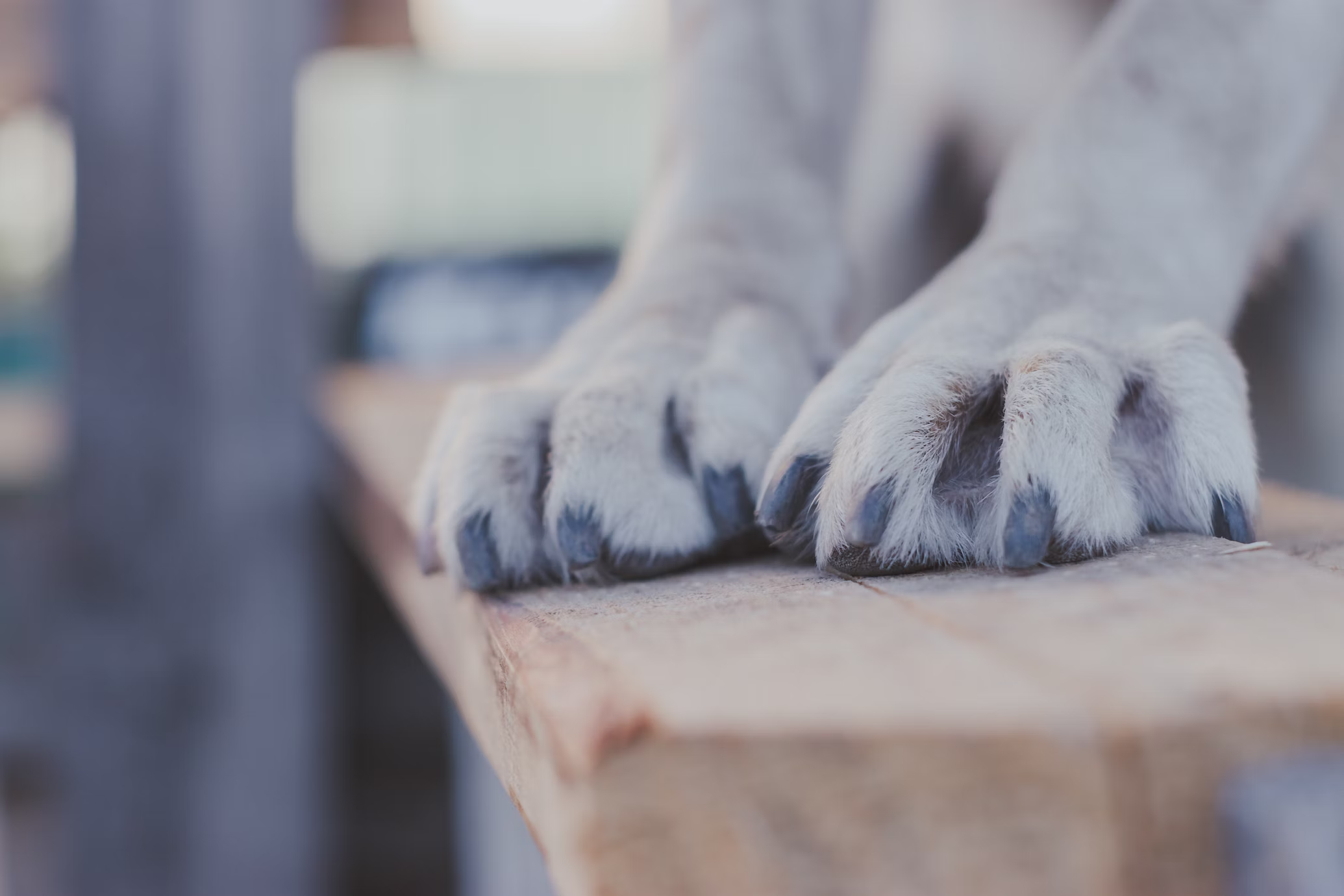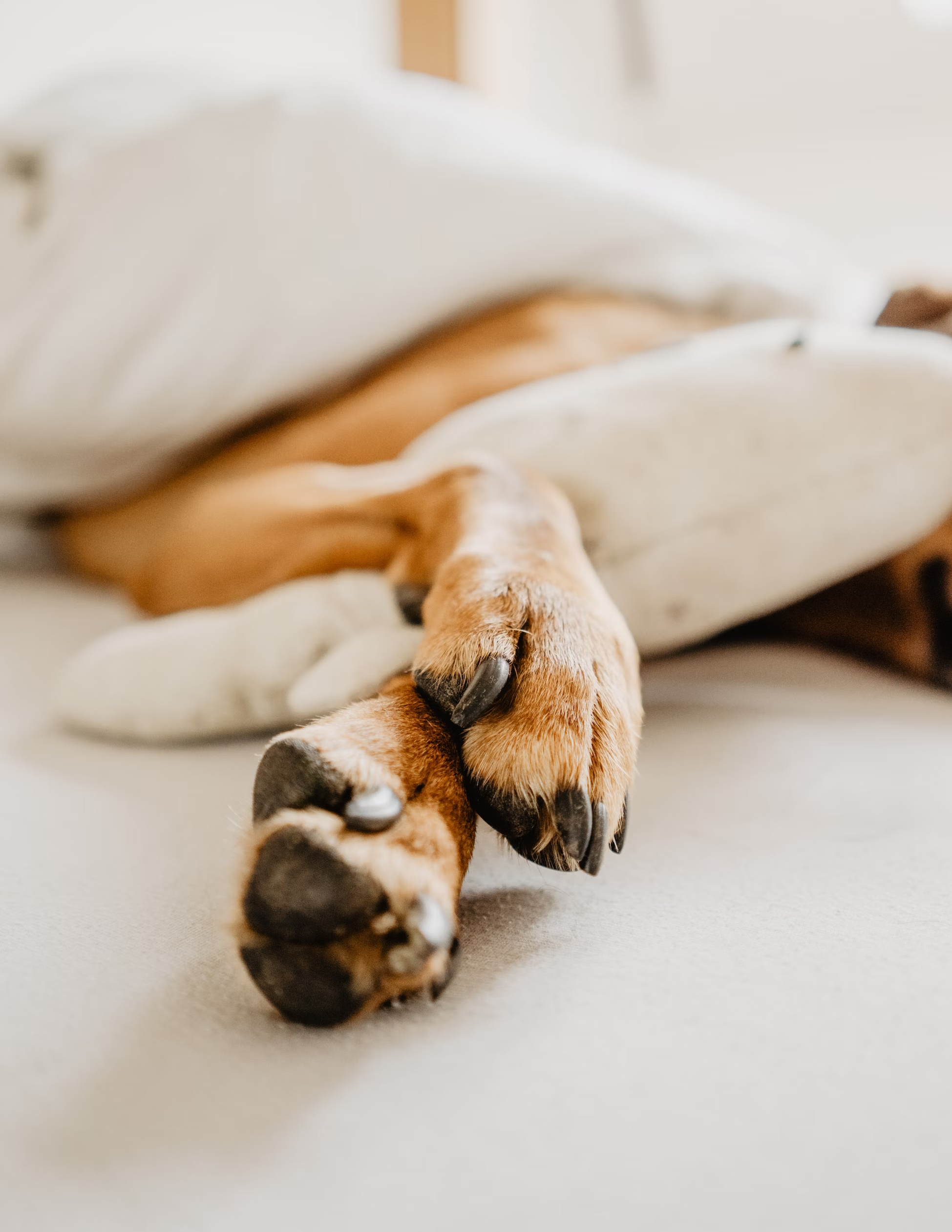As pet owners, we want nothing but the best for our furry companions. However, when our dogs develop paw sores, it can be a cause for concern. These painful and persistent wounds can significantly impact our dogs’ well-being. In this comprehensive guide, we will delve into the topic of paw sores in dogs, aiming to provide you with a thorough understanding of the causes, symptoms, and effective treatment options. Whether you are a dedicated pet parent or a veterinary professional, this article will equip you with valuable insights to help your dog overcome paw sores and regain their optimal health.
What are paw sores in dogs?
Paw sores, also known as pododermatitis, refer to inflammation or ulcers that develop on a dog’s paws. They can manifest in various forms, such as redness, swelling, open wounds, or crusty lesions. Paw sores can occur on the paw pads or between the toes, causing varying degrees of discomfort and pain for our furry friends.

Common causes of paw sores in dogs:
To effectively address paw sores, it is essential to understand their underlying causes. Some common factors contributing to paw sores in dogs include:
a) Allergies: Environmental or food allergies can trigger an immune response, leading to paw irritation and the formation of sores.
b) Infections: Bacterial, yeast, or fungal infections can invade the delicate skin of the paws, causing inflammation and sores.
c) Foreign Objects: Splinters, thorns, or other debris can become lodged in a dog’s paw, resulting in irritation and sore formation.
d) Autoimmune Disorders: Certain autoimmune conditions, such as pemphigus or lupus, can cause paw ulcers as the immune system mistakenly attacks the paw tissue.
e) Excessive Licking or Chewing: Dogs may excessively lick or chew their paws due to anxiety, boredom, allergies, or skin irritation, leading to the development of sores.
Identifying and diagnosing paw sores:
Recognizing the symptoms and seeking a proper diagnosis are crucial steps in addressing paw sores. The following signs may indicate the presence of paw sores in dogs:
a) Visible Signs: Look for redness, swelling, open wounds, or scaly lesions on the paw pads or between the toes.
b) Veterinary Examination: A thorough examination by a veterinarian may involve skin scrapings, cultures, or biopsies to determine the underlying cause of the sores.

Effective treatment options for paw sores:
Treating paw sores requires a multi-faceted approach, targeting the underlying cause and providing symptomatic relief. The following treatment options are commonly employed:
a) Addressing the Underlying Cause: Identifying and managing the underlying cause of the paw sores is crucial for long-term resolution. This may involve dietary changes, allergen avoidance, or medication to target infections or autoimmune conditions.
b) Topical Treatments: Depending on the severity of the sores, various topical treatments can be applied to soothe and promote healing. These may include antiseptic ointments, medicated sprays, or soothing balms specifically formulated for dogs.
c) Protective Measures: To prevent further irritation or self-trauma, it may be necessary to protect the affected paws with dog booties or e-collars.
d) Pain Management: If the paw sores are causing discomfort, your veterinarian may recommend pain relief options such as non-steroidal anti-inflammatory drugs (NSAIDs) or other analgesics.
Prevention and management of paw sores:
Preventing the recurrence of paw sores is essential for our dogs’ well-being. Here are some preventive measures to consider:
a) Regular Paw Inspections: Routinely check your dog’s paws for any signs of irritation, wounds, or foreign objects. Early detection can help prevent the development of more severe sores.
b) Proper Hygiene: Keep your dog’s paws clean and dry, especially after walks or outdoor activities. Regular paw cleaning can reduce the risk of infections and irritations.
c) Allergy Management: If your dog has known allergies, work with your veterinarian to identify and manage them appropriately. This may involve dietary modifications or allergy medications.
d) Environmental Modifications: Ensure your dog’s environment is free from hazardous objects or substances that could harm their paws. Keep the living areas clean and minimize exposure to potential irritants.
e) Behavioral Enrichment: Provide mental and physical stimulation to prevent excessive licking or chewing behaviors. Engaging activities and interactive toys can divert their attention and reduce paw-focused habits.
Conclusion:
Paw sores can be a challenging condition for both dogs and their owners. However, armed with knowledge and proactive measures, we can help our furry friends overcome this discomfort and regain their paw health.



